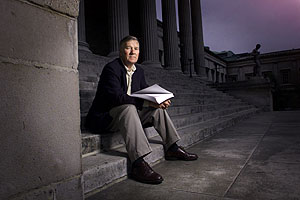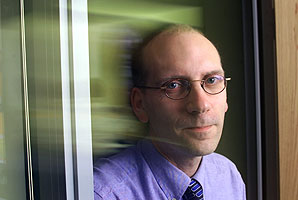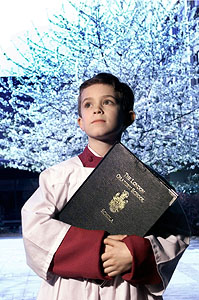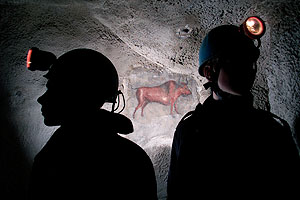 Top quality glossy magazines have always had portraits shot outdoors with flash. The relatively low cost and excellent portability of modern battery powered flash units means that this kind of technique is available to all of us.
Top quality glossy magazines have always had portraits shot outdoors with flash. The relatively low cost and excellent portability of modern battery powered flash units means that this kind of technique is available to all of us.
This portrait of a Police Detective turned Academic was shot in overcast daylight, allowing the background to go just dark enough.
Having sat the subject on the steps of the spectacular building where he works I set the flash up directly in front of him. To get the sky and building as dark as I wanted to I had to simply get the flash at the correct distance, without umbrella but with diffuser cap over the reflector. (more…)


 We’ve all seen cross processing and the interesting colours that it gives, but I like to play about with colour temperatures too. Digital allows you to switch from daylight to fluorescent, back to daylight and on to tungsten without having to reload film.
We’ve all seen cross processing and the interesting colours that it gives, but I like to play about with colour temperatures too. Digital allows you to switch from daylight to fluorescent, back to daylight and on to tungsten without having to reload film. There are many reasons for using a silhouette, and the most common is to preserve the anonymity of the subject. The identity of children is something we are often asked to keep secret – especially if that child has been in trouble with the authorities.
There are many reasons for using a silhouette, and the most common is to preserve the anonymity of the subject. The identity of children is something we are often asked to keep secret – especially if that child has been in trouble with the authorities.